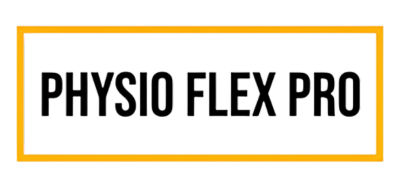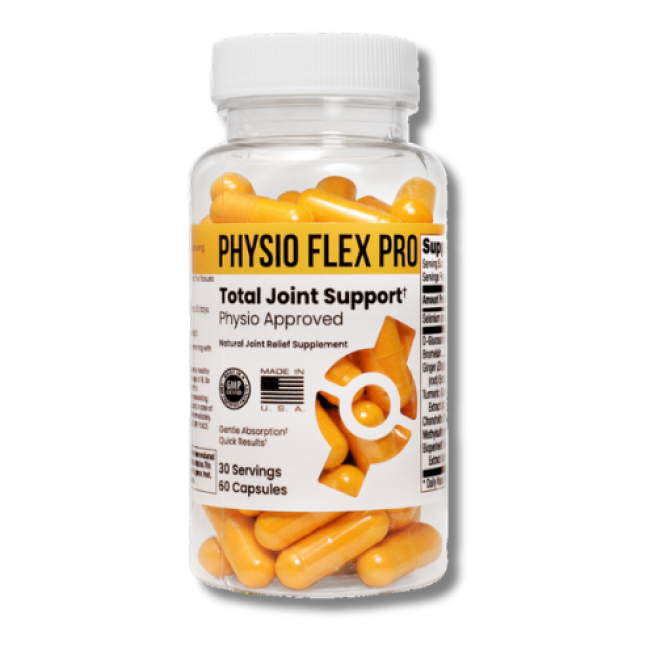When it comes to staying active and healthy, the terms "mobility" and "flexibility" often pop up. But what's the difference? This article will break down the basics of mobility and flexibility, explaining how they affect your daily movement and overall fitness.
We'll explore what each term means, why they matter, and how you can improve both to keep moving smoothly at any age. Whether you're a fitness newbie or a seasoned athlete, understanding mobility versus flexibility can help you move better in your daily life.

What is Mobility?
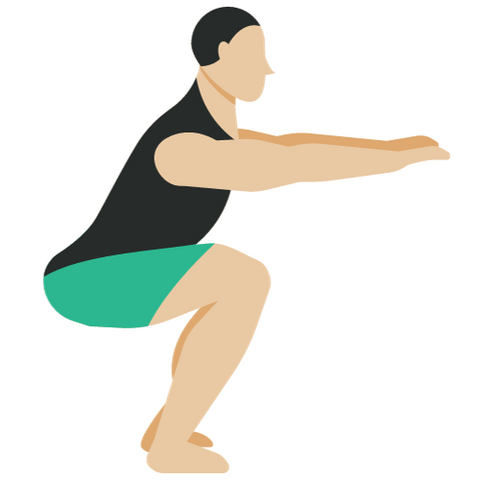
Let's first dive into a simple explanation of mobility. When you prepare your shoulders to exert force before throwing a baseball to reach the other side of the field, that's your mobility. All it takes is a lot of force from your body; you're good to go.
Mobility refers to your ability to move muscles and joints with stability and control through a full range of motion. The National Library of Medicine defines mobility as the patient's ability to control and change their body position. Remember that physical mobility requires sufficient muscle energy, strength, neuromuscular synchronization, skeletal stability, and joint function.
Speaking of joint function, mobility is associated with joint health as it provides lubrication, nutrition, stability, and injury prevention to your joints. Mobility is your guiding force in using your joints and keeping them healthy.
What is Flexibility?
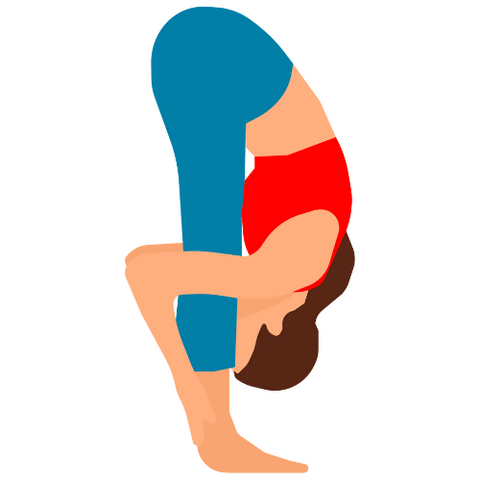
Massachusetts Institute of Technology emphasized Gummerson's definition of flexibility as "The absolute range of movement in a joint or series of joints that is attainable in a momentary effort with the help of a partner or a piece of equipment".
But simply, flexibility occurs when you're someone doing a split or you're a professional gymnast or ballerina who tries several flexible styles to move your body freely. Flexibility allows your muscles and tendons to stretch and lengthen passively through a range of motion. Muscles elongate and contract more effectively when flexible, making muscle flexibility crucial for proper joint movement and function.
Flexibility is divided into two types: static and dynamic. Based on the definition from deVries in 1976, static flexibility, through a wide ROM (range of motion), refers to the ability to flex and extend a joint. On the other hand, dynamic flexibility, with little resistance to the movement, is the ability to flex and extend the joint quickly despite the ability to achieve an extreme ROM.
Key Differences Between Mobility and Flexibility
Knowing the difference between mobility and flexibility, it's best to remember them through key terms: mobility = joint movement, while flexibility = muscle length.
Aside from achieving an active joint function through control and stability, mobility also involves flexibility, strength coordination, and neuromuscular control of muscles and tendons to effectively perform movements.
Flexibility mainly focuses on the extensibility of muscles and tendons. By allowing the muscles to stretch without undue resistance, flexibility helps prevent muscle strains and injuries.
Scientific Studies and Data
Recent Research on Mobility
Recent studies are showing the impact of mobility exercises on athletic performance.
A 2020 study published in the European Journal of Human Movement concluded that hip mobility exercises can be beneficial for sprint-related skills through warm-up protocols and it is likely to be helpful for hip mobility to be maximized to athletes which make running performance as integral parts of their sports.
Another recent study from Scientific Research Publishing showed the significance of hip mobility and flexibility for non-contact-sport athletes, specifically those in the track and field, which can impose effects on injury performance and athletic performance.
The researchers recommended performing the program with at least 24 hours breaks in-between each time through 3 times a week. The range of motion of the hip, after at least 6 weeks, can be expected to improve. Other results include comfortable kicking resulting from longer swing time and longer running strides.
Recent Research on Flexibility
Recent studies show the difference between static and dynamic stretching and which is more effective and interrelated with flexibility. A 2020 study published in the National Library of Medicine showed support for the use of dynamic stretching as a strategy to avoid decreased power production during repeated cycling sprints in a warm-up. But, static stretching provided no such benefits, having the same portion as dynamic stretching. This study was tested on the performance of female handball players.
Another study from the University of Texas at Arlington showed that range of motion in the low back and hamstring flexibility, ankle plantar flexion, and dorsiflexion can significantly be affected by static stretching training programs when measured by the Sit and Reach Test.
Results showed that children in age 8 to 11 years old can experience more gains in athletic performance in a three-session static training program than dynamic stretching.
In terms of flexibility training and its impact on muscle strength, a 2014 study suggested that active individual muscle stretching (AID) shows a temporary decrease in muscle output strength while there's an increase in flexibility.
In a different study from Canadian Science Publishing, stretching within a warm-up is recommended, with additional post-stretching dynamic activity, for increasing joint range of motion (ROM) and for reducing muscle injuries with inconsequential effects on subsequent athletic performance.
Improving Mobility and Flexibility
Mobility Exercises
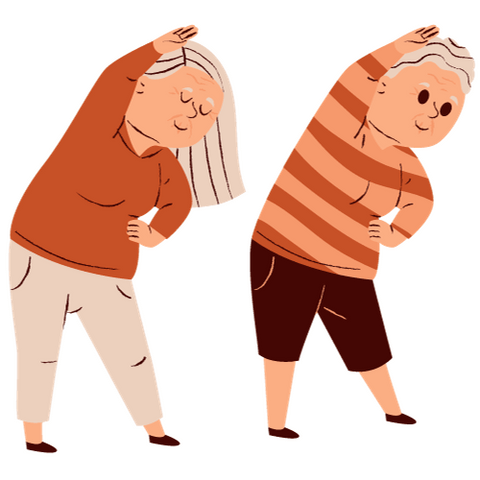
Effective mobility exercises can always begin with dynamic stretches and joint mobilization techniques. Dynamic stretches, as a type of mobility exercise, allow you to move your joints and muscles through a range of motion in a repetitive and controlled manner.
These stretches usually prepare your body for movement, improve flexibility and mobility, and increase blood flow to the muscles, which are done before a physical activity or workout.
Examples of dynamic stretches are:
- arm circles
- leg swings
- hip circles
- high swings
- butt kicks
On the other hand, joint mobilization techniques are manual therapy methods used to reduce pain, improve the range of motion, and enhance the function of particular joints.
According to Advance Physical & Aquatic Therapy, joint mobilization exercises can be considered through tibia femoral glide, long axis distraction, flexion, extension, patella motion, and other lateral rotation and movement. Take note that chiropractors and trained physical therapists usually perform these techniques.
Flexibility Exercises
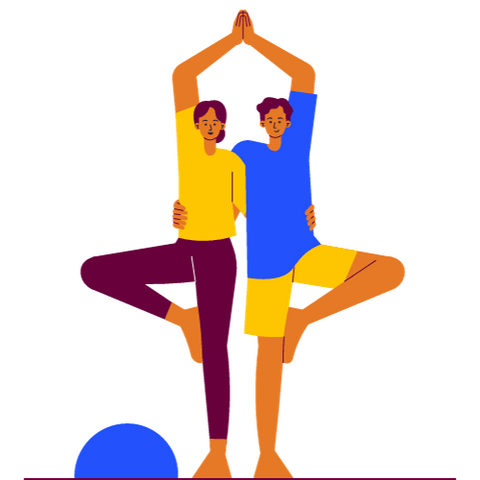
Also known as stretching exercises, flexibility exercises are designed to increase your range of motion in the joints and improve the flexibility and length of your muscles. Implementing flexibility exercises into your daily routine can alleviate muscle tension, reduce the risk of injury, and improve overall mobility.
Well-known flexibility exercises are static stretching, PNF stretching, and yoga. Static stretching can include stretches in the hamstring, quadriceps, calf, shoulder, and triceps. PNF stretching or Proprioceptive Neuromuscular Facilitation is usually done with a partner and involves relaxing and contracting muscles to increase their length.
PNF stretching can be done with hamstring PNF and quad PNF. Lastly, yoga and pilates are essential to improve balance, flexibility, and strength. Types of yoga include child's pose, downward dog, leg circle, and cat-cow.
Common Myths and Misconceptions
Debunking Myths
Mobility and flexibility are significant in keeping our body healthy and free from early signs of health conditions and aging. However, some may start to have unrealistic expectations regarding exercises related to mobility and flexibility. This may be due to the growing influence of social media and peer influence.
With that being said, we'll debunk some of the common myths:
- Flexibility is only for athletes and dancers
No scientific evidence has proven this statement to be true. Keep in mind that flexibility is applicable for everyone to reduce the risk of injury, improve daily movements, and enhance overall well-being.
- Stretching eliminates muscle soreness
While stretching can relieve muscle tightness, it may not completely lessen muscle soreness, mainly when it's caused by intense exercise. A review by Herbert and Gabriel shows that stretching has no protective effect on the risk of injury or muscle soreness before and after workouts.
- Only young people can improve flexibility
Regardless of age, you shouldn't be demotivated to improve your flexibility. Maintaining flexibility becomes more important as we age to reduce the risk of falls and prevent joint stiffness. Researchers recommended in a 2018 study that pre-frail and frail older adults should include multi-component activities like flexibility, aerobic, and balance tasks.
- Stretching before a workout decreases performance
Stretching before a workout will only help your muscles relax after workout and to increase flexibility. According to a 2012 study published in the National Library of Medicine, static stretching performed before or after warm-up doesn't decrease strength.
Practical Tips for Everyday Life
Daily Mobility Routines
Daily mobility routines are a convenient way to ensure your joints stay active to reduce muscle tension, improve flexibility, and enhance overall well-being.
- Upper body stretching
Sit on the edge of your chair with your feet flat on the floor. Clasp your hands behind your back and gently squeeze your shoulder blades together while opening up your chest.
- Shoulder mobility
For arm swings, sit or stand with your hand in a neutral position. Then, gently tilt your head to one side, bringing your ear toward your shoulder. Before repeating on the other side, hold for a few seconds.
- Ankle mobility
To improve ankle mobility, alternate lifting your toes and heels off the ground while seated.
Flexibility for Relaxation
The United Nations High Commissioner for Refugees (UNCHR) recommended yoga and tai chi for stress relief as a relaxation technique. Combined with deep breathing, yoga involves a series of both stationary and moving poses. Aside from reducing stress and anxiety, yoga can improve balance, stamina, strength, and flexibility.
Here are some types of yoga as recommended by the UNCHR:
- Satyananda
Features deep relaxation, meditation, and gentle poses, making it suitable for anyone looking for stress reduction and beginners.
- Hatha yoga
Also suitable for beginners, which refers to a reasonable, gentle way to relieve stress.
Tai chi refers to a non-competitive series of slow, flowing body movements that are self-paced. These movements focus on relaxation, conscious circulation of vital energy, and concentration.
Tools and Equipment
Foam Rollers
Also known as a self-myofascial release (SMR) technique, foam rolling promotes relaxation, alleviates muscle tension, and improves flexibility by targeting tight areas and trigger points in the fascia and muscles.
Here are simple steps to use foam rollers for muscle relaxation and myofascial release:
- Choose the right foam roller
- Look for a comfortable space
- Target the muscle group
- Proper body position
- Roll slowly
- Breathe and relax
- Gradually increase pressure
- Cover the entire muscle
- Be cautious of sensitive areas
- Spend enough time
- Stretch and hydrate
- Frequency of foam rolling
Resistance bands
Resistance bands are made of elastic material for versatile exercises that provide resistance when needed. They're accessible in different resistance levels, lengths, and thicknesses to exercise goals and accommodate different fitness levels.
Here are some exercises that you can do with a resistance band:
- Front squat
- Leg extension
- Prone (lying) leg curl
- Standing adduction
- Lateral band walk
- Seated adduction
- Concentration curl
- Overhead triceps extension
Expert Opinions and Interviews
Mobility and flexibility are essential in ensuring that muscles and joints work for our daily physical movements, specifically when engaging in sports and exercises.
Listen to what experts like yoga instructors, athletic trainers, and physiotherapists have to say about mobility and flexibility:
"So much of Yoga is moving through big ranges of motion, and cycling through mobility work, dynamic and static stretches, all of which has been proven to improve flexibility."
- Laura Peace, Senior Breathwork, Yoga Teacher, and the Founder of Yoga Collective London
"We believe that the definition of mobility is to have a combination of flexibility, strength and motor control. That is, to be truly mobile, you need to be able to have the strength to control your flexibility."
- Steve Sahl, Sports Physiotherapist and Director of Education
"If basic static stretching is too boring, try some other popular methods. Such as yoga, Pilates, or tai chi." - Dominique Gummelt, PhD, Certified Personal Trainer and Wellness Practitioner
"Mobility classes are versatile and effective. You can use them to start your day, end your day, as an active recovery on non-training days, or as a low-intensity exercise when you want to move a little but not engage in a full workout. It's a fun way to explore how well your body's moving." - Andy Speer, Peloton Instructor
Potential Risks and Precautions
Overstretching and Injuries
Also known as hyperextension or excessive stretching, overstretching occurs when you extend a stretch of a muscle or joint beyond its safe or normal range of motion. This can result in different problems or injuries, specifically in the ligaments, tendons, and joints. Remember that overstretching can happen during sports, physical activities, and exercise routines.
Signs and symptoms:
- Pain
- Swelling
- Bruising
- Muscle weakness
- Reduced range of motion
You can avoid common injuries of overstretching by:
- Maintaining proper form
- Stretch consistently
- Warm-Up properly
- Progressive stretching
- Using props and equipment
- Balance strength and flexibility
Consulting Professionals
You can always ensure to incorporate mobility and flexibility exercises in your daily routine with the help of a personalized assessment. Remember that every individual has different experiences and medical conditions that can impact their progress in such exercises.
Personalized assessments provide guidance and recommendations designed explicitly for you, making your data and information more accurate than general assessments. The goal is for you to experience convenience, and personalized assessments can save time and resources by focusing on your unique needs and characteristics.
So before you try any mobility or flexibility exercise, or if you're experiencing symptoms related to such exercises due to overstretching, consult a medical professional to monitor your condition in the joints, bones, and muscles.
FAQ Section
- How can I test my mobility and flexibility levels?
- Testing mobility and flexibility often involves a few different methods:
- Joint Range of Motion (ROM) Tests: Measure the degree of movement in a joint.
- Functional Movement Screen (FMS): Assesses mobility and stability through a series of movements.
- Sit-and-Reach Test: Measures the flexibility of your lower back and hamstring muscles.
- Overhead Squat Assessment: Evaluates mobility in the hips, knees, and ankles.
- Professional Assessment: A physical therapist or a fitness professional can provide a thorough evaluation of your mobility and flexibility. - Each test provides insight into your body's capabilities, helping identify areas for improvement.
- What are the best exercises to improve mobility?
- Some effective exercises to improve mobility include:
- Dynamic Stretching: Such as leg swings and arm circles.
- Joint Mobility Exercises: Like hip circles and shoulder rolls.
- Yoga: Various poses and flows promote mobility.
- Pilates: Focuses on improving mobility along with strength.
- Foam Rolling: Helps in loosening tight muscles and joints.
- Functional Movement Exercises: Such as squats, lunges, and push-ups.
- Mobility Drills: Tailored drills that focus on joint mobility.
Consult a fitness professional to ensure these exercises are performed correctly and are suitable for your fitness level.How often should I stretch for optimal flexibility? - Are there specific foods or supplements that promote joint mobility and muscle flexibility?
- Most of the ingredients in Physio Flex Pro are aimed to promote joint health & mobility
- Can yoga and pilates improve both mobility and flexibility?
- Absolutely! Yoga and Pilates both encourage a balanced body by enhancing mobility, flexibility, and strength. Yoga's various poses and stretches promote flexibility while also improving joint mobility. Pilates focuses on controlled movements that enhance mobility and build muscle flexibility, especially in the core and lower body. By practicing these disciplines, individuals can work on both mobility and flexibility, contributing to better movement and posture.
Conclusion
To wrap it up, knowing that mobility and flexibility differ is crucial. While they're both beneficial for muscle and joint movement, keep in mind that mobility equates to joint movement, while flexibility is for muscle length. The former ensures to exert force for an individual to move freely, while the latter allows muscles and tendons to stretch.
Consider dynamic and joint mobilization techniques in applying mobility, yoga, PNF stretching, and static stretching to incorporate flexibility into your routine. Mobility and flexibility exercises help you avoid the risk of injury, improve physical or athletic performance, and allow you to prepare before or after a workout through warm-up.
Everyone can apply mobility and flexibility exercises regardless of their age. Don't hesitate to warm up before a workout since it can't decrease your performance and will make you feel more relaxed after a workout.
Moreover, don't forget to consider taking personalized assessments by consulting a healthcare professional for customized plans and strategies that align with your current condition or overall physical health.

